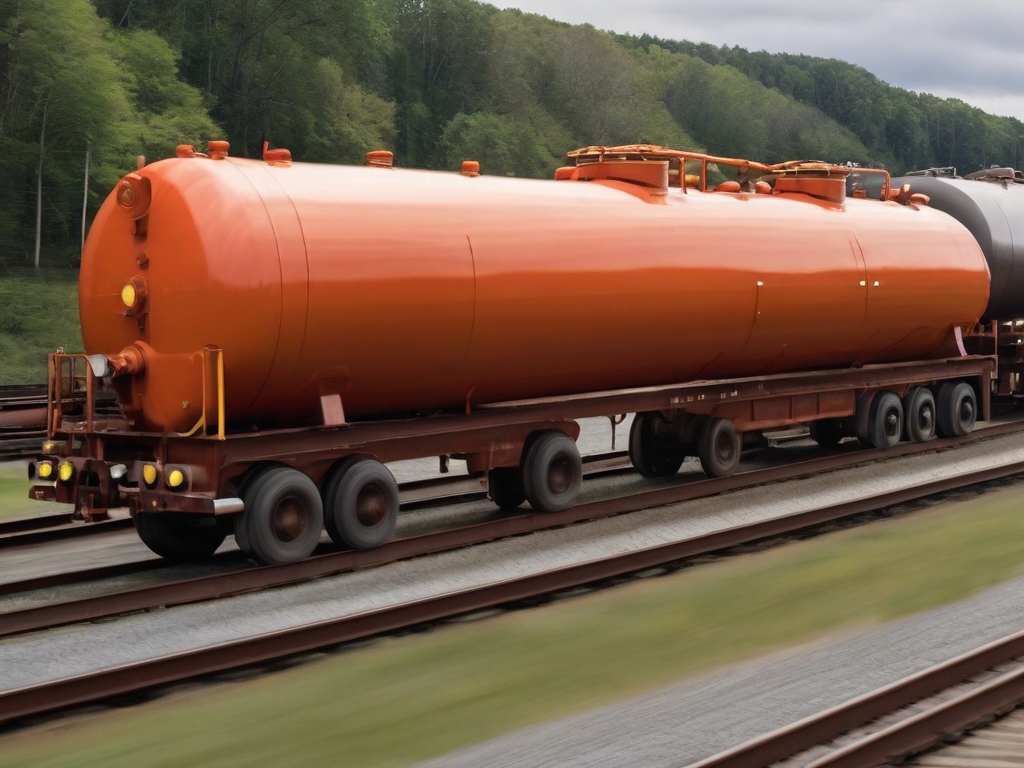When it comes to hazardous environments, safety is paramount. This is especially true in Class 1 Division 2 (C1D2) environments where flammable gases or vapors may be present. In such settings, the electrical wiring methods used must adhere to strict safety standards to prevent potential explosions or fires. This article, brought to you by the Intrinsically Safe Store, will delve into the suitable electrical wiring methods for C1D2 environments. We invite you to visit our website for more information on safety equipment and solutions.
Understanding Class 1 Division 2 Environments
Before we delve into the wiring methods, it’s crucial to understand what a C1D2 environment entails. These are areas where flammable gases or vapors are not normally present but may accidentally become present in the event of a leak or breakdown in ventilation. Examples include petroleum refineries, dry cleaning plants, spray finishing areas, and utility gas plants.
Regulations and Standards
The National Electrical Code (NEC) and the Occupational Safety and Health Administration (OSHA) provide guidelines for electrical installations in hazardous locations. These regulations ensure that the electrical equipment and wiring methods used are designed and installed to prevent ignition of the surrounding flammable atmosphere.
Wiring Methods for C1D2 Environments
There are several wiring methods suitable for C1D2 environments. These include:
- Sealed Conduits: This method involves sealing the conduit runs that pass from a non-hazardous location into a C1D2 area. The seal prevents the passage of gases or vapors from the hazardous area to the non-hazardous area.
- Intrinsically Safe Systems: These systems limit the electrical and thermal energy to levels below what a specific hazardous atmospheric mixture requires for ignition. Designers have created them to prevent sparks or heating effects that could ignite the surrounding atmosphere.
- Explosion-Proof Equipment: This equipment is designed to contain any explosion originating within its housing and prevent sparks from the inside from igniting vapors, gases, dust, or fibers in the air surrounding it.

Case Study: Intrinsically Safe Systems in Action
A notable example of the use of intrinsically safe systems is in the petroleum industry. A 2018 study found that the use of intrinsically safe systems significantly reduced the risk of fires and explosions in petroleum refineries. This is a testament to the effectiveness of these systems in maintaining safety in C1D2 environments.
Navigating Safety Requirements in C1D2 Environments
Ensuring safety in C1D2 environments requires adherence to strict regulations and the use of appropriate electrical wiring methods. Whether you need sealed conduits, intrinsically safe systems, or explosion-proof equipment, making the right choice can significantly reduce the risk of fires or explosions. The Intrinsically Safe Store, a leading provider of safety equipment and solutions, commits to helping you navigate these complex requirements. Contact us today for more information on how we can assist you in maintaining safety in your C1D2 environment.


























